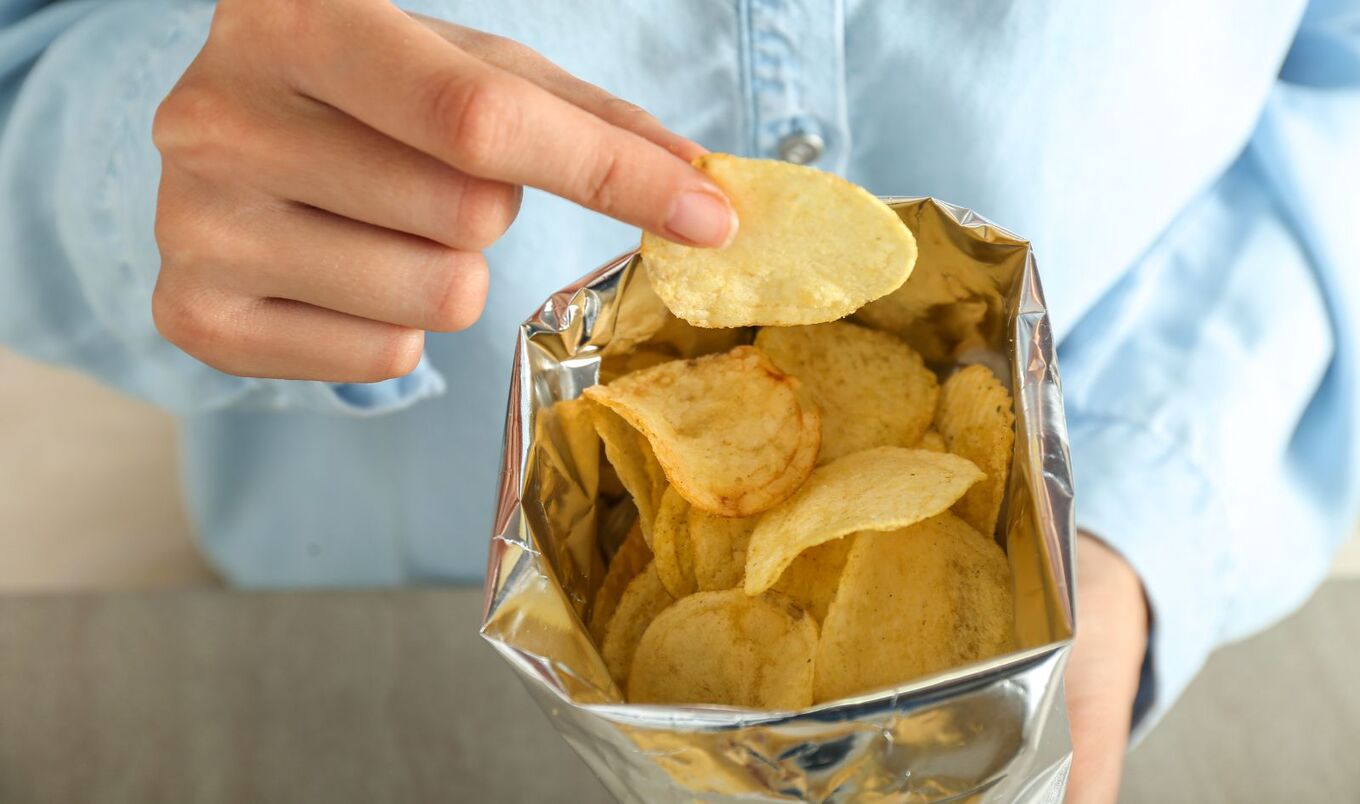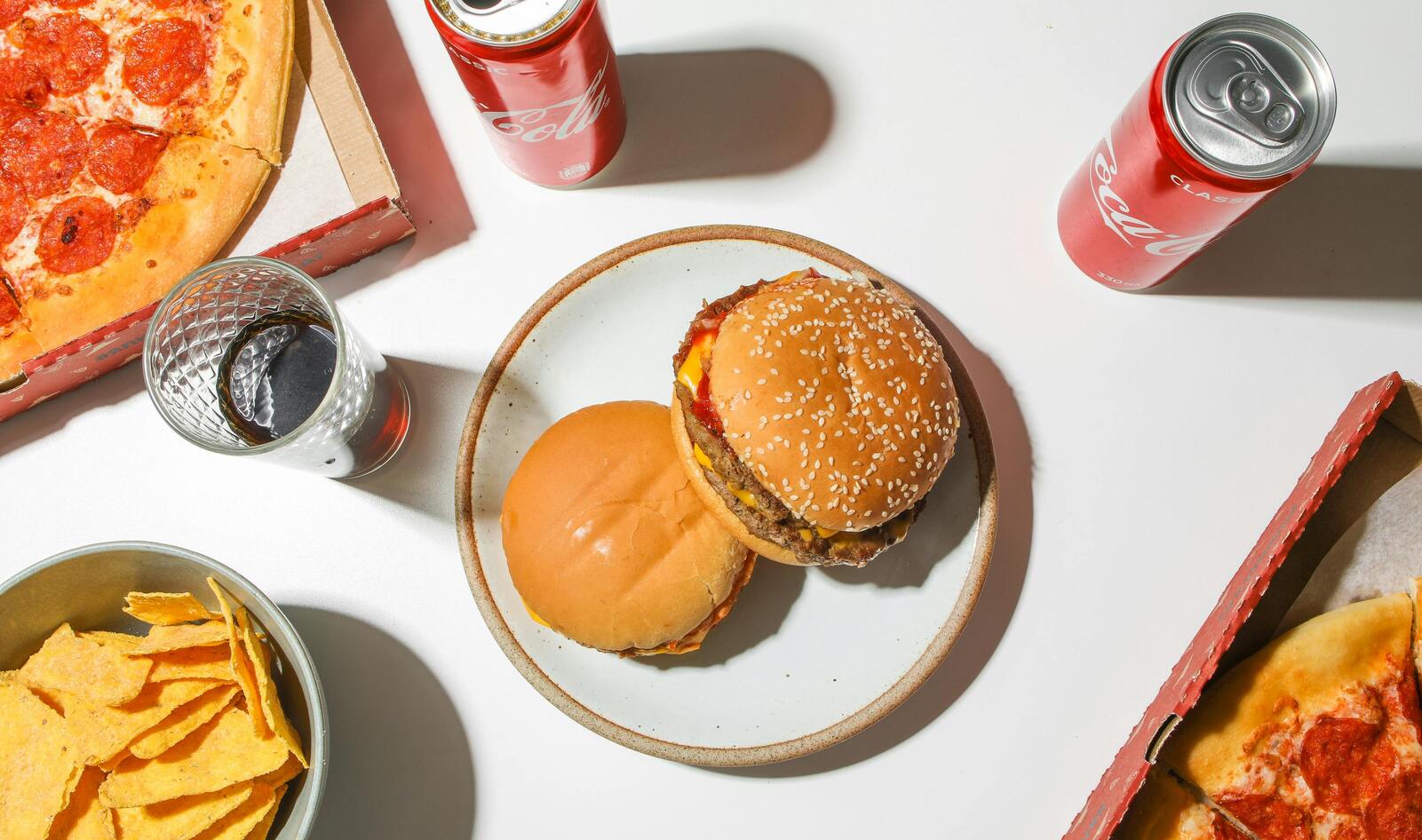Ultra-processed foods have long been associated with obesity, diabetes, and cardiovascular disease. But a series of new peer-reviewed papers published in the May issue of Brain Medicine adds a more insidious threat to the list; these foods are also a significant source of microplastic exposure. And those plastics, scientists warn, may be building up in human brains.
The research
Four interrelated studies featured in the journal synthesize years of research on how tiny plastic particles infiltrate the human body and what they might be doing once inside. The evidence is grim. Not only can microplastics pass through the gut and circulate in the bloodstream, they can also cross the blood-brain barrier, according to multiple studies cited in the new issue.
“Ultra-processed foods now comprise more than 50 percent of energy intake in countries like the United States, and these foods contain significantly higher concentrations of microplastics than whole foods,” Nicholas Fabiano, MD, one of the co-authors of the article, said in a statement.
Recent studies have found microplastics in seafood, drinking water, and even table salt. But the new research highlights processed foods as a particularly potent source. For example, chicken nuggets contain nearly 30 times more microplastics per gram than chicken breast, the researchers note. Researchers say this is largely due to the high degree of industrial contact that processed foods undergo, from plastic packaging to grinding and emulsifying equipment.
How microplastics harm the brain
Microplastics are defined as plastic particles less than five millimeters in size. They are not just inert contaminants; scientists have found that they may trigger immune responses, oxidative stress, epigenetic changes, and mitochondrial dysfunction. These are some of the same biological pathways already associated with ultra-processed food consumption. According to Wolfgang Marx of Deakin University, PhD, one of the study’s co-authors, “This hypothesis is particularly compelling because we see remarkable overlap in biological mechanisms.”
 Canva
Canva
The article proposes a novel framework to quantify exposure called the Dietary Microplastic Index (DMI), which could help researchers better understand dose-dependent health outcomes. But in the meantime, the risks are already visible in population health data. A 2024 umbrella review published in The BMJ found that people who regularly consumed ultra-processed foods had a 22-percent higher risk of depression, a 48-percent higher risk of anxiety, and a 41-percent higher risk of poor sleep.
The plastic spoon in your brain
One of the most jarring visuals in the Brain Medicine collection is its cover image: a human brain speckled with colorful plastic fragments alongside a plastic spoon. It’s a chilling metaphor made more literal by recent findings in Nature Medicine, which confirmed microplastic presence in human brain tissue. The researchers found polyethylene and other polymers in the prefrontal cortex of deceased donors, and the levels were three to five times higher in individuals with known dementia diagnoses.
Matthew Campen, PhD, the lead author of that study and a toxicologist at the University of New Mexico, said the average sample contained enough plastic to equal the volume of a plastic spoon. That kind of contamination, he added, raises urgent questions about long-term neurological impacts.
 Unsplash
Unsplash
The links between plastic and brain health are not just theoretical. A 2023 study in Environmental Science & Technology demonstrated that nanoplastics—the smallest of the microplastic class—can alter brain gene expression in mice, leading to anxiety-like behaviors. Other animal studies have found changes in neurotransmitter function and brain inflammation following ingestion of micro- and nanoplastics.
A call for consumer awareness
While the science is still evolving, the implications are deeply personal. Microplastics are now in the air, soil, water, and most disturbingly, in our food supply. A 2022 study in Environmental Science & Technology estimated that the average American consumes more than 50,000 microplastic particles per year, and that number likely increases for those consuming higher amounts of packaged or processed foods.
BECOME A VEGNEWS VIP: Get exclusive product deals, freebies, and perks galore!
The authors of the Brain Medicine series call for urgent public health action, not just further research. In one paper, Stefan Bornstein, MD, and colleagues explore whether therapeutic apheresis—a method that filters blood outside the body—might one day be used to remove microplastics from human circulation. “While we need to reduce our exposure to microplastics through better food choices and packaging alternatives, we also need research into how to remove these particles from the human body,” Bornstein said.
A separate editorial in the issue by Ma-Li Wong, MD, PhD, describes the findings as a “reckoning.”
She writes, “The boundary between internal and external has failed. If microplastics cross the blood-brain barrier, what else do we think remains sacred?”
More research is needed to determine how early, frequent, and lasting microplastic exposure affects human health. But for now, the overlap between ultra-processed food consumption and plastic contamination adds another reason for consumers to rethink what’s in their grocery carts.
For more plant-based stories like this, read:
JUMP TO ... Latest News | Recipes | Guides | Health | Subscribe








